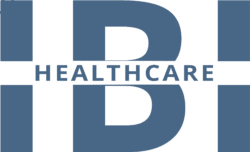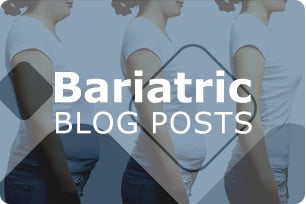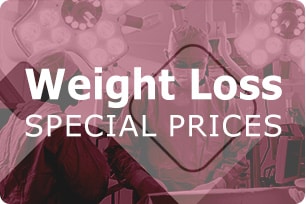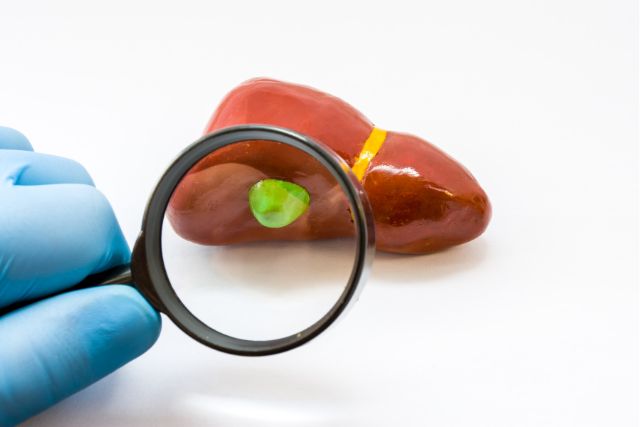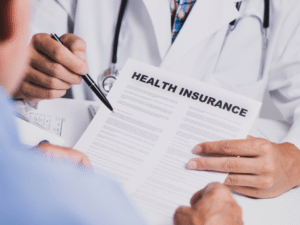Introduction
Gallbladder removal surgery, also known as laparoscopic cholecystectomy, is a common procedure performed to treat gallbladder disease. The gallbladder is a pear-shaped organ that stores bile, which aids digestion. Once removed, bile flows directly into the small intestine, affecting digestion. Adapting to a post-gallbladder removal diet helps minimize gastrointestinal symptoms and ensures a smooth transition to a regular diet.
This guide provides dietary recommendations for several weeks after surgery. It includes foods to eat, foods to avoid, and meal ideas to ease digestion. If you need professional dietary guidance, visit the IBI Healthcare Same-Day Surgery Center.
Functions of a Healthy Gallbladder
A healthy gallbladder plays a crucial role in digestion, particularly in fat absorption. This small organ stores and concentrates bile, a digestive fluid produced by the liver. When you eat fatty foods, the gallbladder releases bile into the small intestine. This process emulsifies fats, allowing the body to absorb them more easily.
The gallbladder also regulates the amount of bile released based on digestive needs. This function prevents excessive fat from remaining undigested in the intestines. Without proper bile regulation, the body may struggle to digest fats effectively.
What Happens to Digestion After Gallbladder Removal?
The gallbladder controls the release of bile acids to digest fats. Without it, bile flows continuously into the small intestine instead of being stored. This change makes digesting high fat foods more difficult and may lead to loose stools, abdominal pain, and other digestive issues.
Bile no longer gets released in precise amounts, which can cause discomfort. When eating fatty foods, the body may not have enough bile readily available for proper digestion. This imbalance often results in bloating, cramping, and diarrhea. Some people also experience bile acid malabsorption, which can irritate the intestines and worsen bowel movements.
Immediate Diet Changes After Gallbladder Surgery
For the first few days, patients should consume clear liquids and low fat foods to avoid straining digestion. Small, frequent meals help manage bile flow more efficiently.
Recommended Foods for the First Week
- Broths and soups (low-fat)
- Gelatin
- Herbal teas
- Plain rice and toast
- Low fat dairy products (if tolerated)
- Lean meat (chicken or turkey, cooked lightly)
Transitioning to Solid Foods
A few weeks after surgery, patients can begin eating solid foods again. However, certain foods should be avoided to prevent irritation of the stomach lining. Eating smaller portions throughout the day can reduce discomfort.
Low Fat Foods to Include
- Lean meats (grilled or baked)
- Low fat dairy like yogurt
- Whole grains (oatmeal, quinoa)
- Cooked vegetables (carrots, zucchini)
- Fruits with soluble fiber (bananas, apples without skin)
Foods to Avoid After Gallbladder Removal
Certain foods can worsen postcholecystectomy syndrome. This condition causes diarrhea, cramping, and abdominal pain after surgery. Avoid the following:
- High fat foods (fried foods, fast food)
- Processed meats (sausages, bacon)
- Full fat dairy (cream, butter, whole milk)
- Very sweet foods (cakes, candy)
- Spicy foods (hot peppers, curries)
- Caffeinated drinks (coffee, soda)
- Alcohol
Managing Common Post-Surgery Symptoms
Loose Stools and Diarrhea
Most people experience changes in bowel habits due to increased bile flow. Eating low fat foods and increasing soluble fiber helps regulate bowel movements.
Cramping and Gas
Avoiding fat foods and consuming small amounts of fiber gradually prevents cramping. Passing gas frequently can help relieve bloating.
Nausea and Upset Stomach
Severe nausea occurs when fat intake is too high. Sticking to a low fat diet and drinking plenty of water can prevent this issue.
How to Reintroduce High Fiber Foods
Fiber is essential for digestion, but too much too soon can cause loose stools. Increasing fiber intake gradually over a few weeks allows the body to adjust.
Best High Fiber Foods to Add Slowly
- Oats and whole grains
- Cooked vegetables
- Fruits without skins
- Legumes in small portions
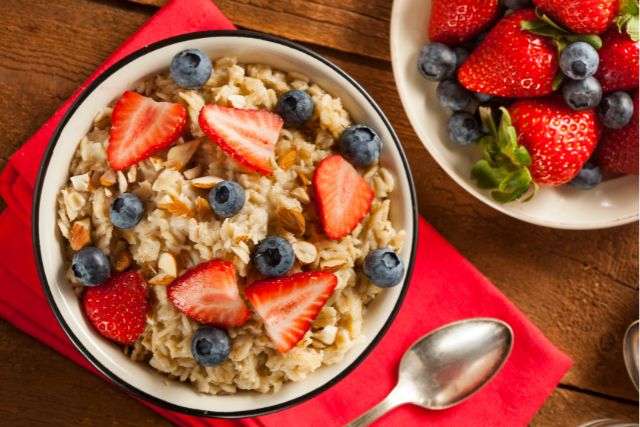
Meal Plan for a Post Gallbladder Removal Diet
Breakfast: Oatmeal with Bananas
Ingredients:
- 1/2 cup oatmeal
- 1 cup water or low fat milk
- 1/2 banana, mashed
- 1 teaspoon honey
Instructions:
- Cook oatmeal in water or low fat dairy.
- Stir in mashed banana and honey.
- Serve warm.
Lunch: Grilled Chicken with Steamed Vegetables
Ingredients:
- 1 grilled chicken breast
- 1/2 cup steamed carrots and zucchini
- 1 teaspoon olive oil
- Pinch of salt and pepper
Instructions:
- Grill chicken until fully cooked.
- Steam vegetables and drizzle with olive oil.
- Serve together.
Dinner: Baked Salmon with Quinoa
Ingredients:
- 1 salmon fillet
- 1/2 cup cooked quinoa
- 1 teaspoon lemon juice
- 1 teaspoon olive oil
Instructions:
- Bake salmon at 375°F for 15 minutes.
- Cook quinoa as per instructions.
- Serve together with lemon juice and olive oil.
Long-Term Dietary Adjustments
After a few months, patients can return to a regular diet. However, they should continue eating low fat foods and avoiding processed meats to maintain digestive health.
When to See a Doctor
If you experience persistent gastrointestinal symptoms, severe nausea, or prolonged loose stools, schedule an appointment with a specialist. Visit IBI Healthcare to book a consultation.
Conclusion
Adjusting to a gallbladder removal diet takes time, but making informed choices can help manage bowel movements, reduce digestive issues, and prevent discomfort. By following a low fat diet rich in soluble fiber and lean meat, patients can enjoy a smooth recovery and long-term health.
For more details on laparoscopic surgery, visit the IBI Healthcare Same-Day Surgery Center. For additional dietary guidance, check out this external resource on post-gallbladder surgery nutrition.
